
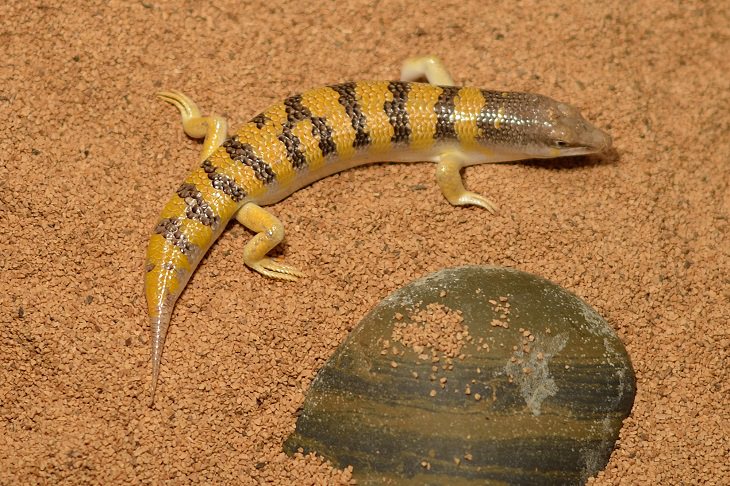
This lizard is a distinctive species of skink that is native to desert environments in North Africa and Southwest Asia. Measuring just 15 centimeters in length, this delicate-looking reptile is an exceptional specimen of hardy wildlife and desert adaptation.
The sandfish is aptly named for its ability to swim through the desert sands, enabling efficient movement and saving it from being cooked by the Sun's harsh rays. They can move through sand at an incredible speed, in a manner that is comparable to a human swimmer doing freestyle.
Their skin is tough, allowing the sandfish to swerve its way through highly abrasive desert sands that would strip many other creatures of their protective covering in no time at all. Furthermore, scales cover the ear openings, while transparent eyelid scales protect the sandfish’s vision from the onslaught of grains. To add to this, the lizard’s sharp snout and countersunk jaw allow it to push forward into the sand.
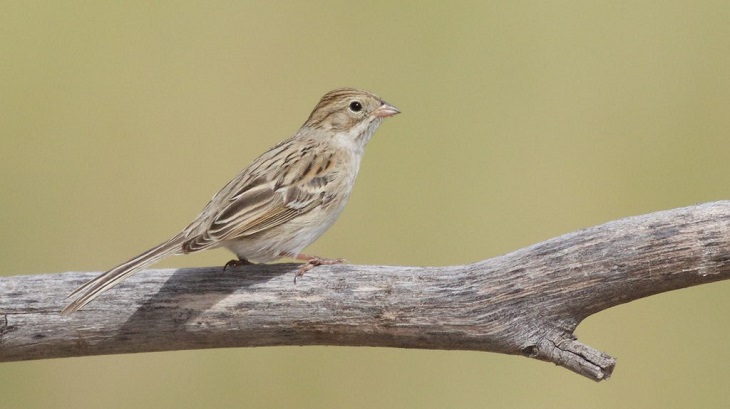
This sparrow can survive in deserts where life-giving water is in extremely short supply. Birds obtain most of their water through soft, wet plant foods, or the blood and tissue of animal prey.
However, for most of the year, the desert-dwelling Brewer’s sparrow of North America does not have many options when it comes to water sources. This bird eats mostly seeds, which are exceedingly poor in water content but contain carbohydrates. When broken down, carbohydrates reduce to carbon, hydrogen, and oxygen. When the last two elements are broken away from carbon and reunited, H2O, or water, is formed.
Such metabolic water is produced by all animals, even humans. The Brewer’s sparrow cannot survive entirely on this type of water, but its ability to derive a large amount of metabolic water is a tremendous adaptation that allows it to survive drought conditions.

While most shelled reptiles make their homes in wet forest environments, open oceans, and swamps, some have also managed to conquer the desert. Native to the southwestern United States, the desert tortoise stands out as a remarkable example of adaptation to desert climates.
These animals have an impressive adaptation that allows improved hydration management. This comes in the form of an oversized bladder that can carry extra water. In this specially evolved bladder, a desert tortoise can carry more than 40% of its weight in uric acid, urea, nitrogen-based wastes, and water.
During wet conditions, these tortoises excrete waste and drink extra water to store in their bladders. As a result, scaring a desert tortoise may result in its eventual death as it abandons its water reserve due to fear-based urination.
With their flat front feet and thick rear legs, desert tortoises have an easier time walking in the sand. In fact, they can use their strong feet to dig holes in the ground to find rainwater to store in their bladders.
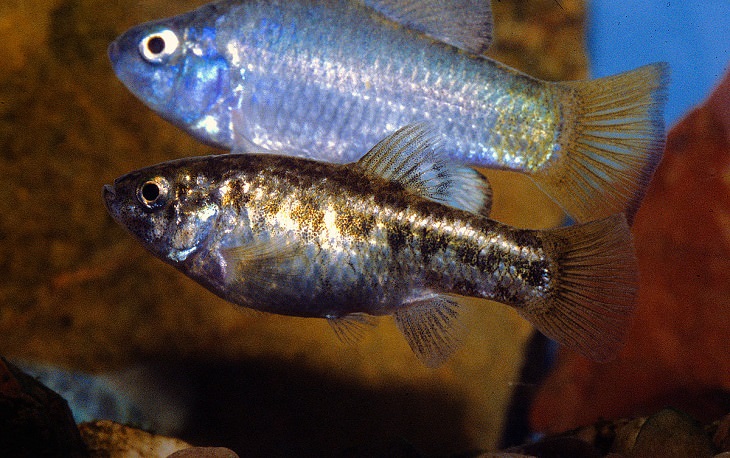
Some like it hot, while others just have to adapt and get used to it. The various species of desert pupfish are examples of how the desert environment can influence even the few aquatic inhabitants existing within its boundaries.
Desert pupfish are considered to be living fossils which are able to adapt to shrinking and hot bodies of water, including desert pools, springs, streams and marshy patches. For example, the rare Devil’s Hole pupfish can live in an area just over 1-meter wide and can survive temperatures of up to 110°F
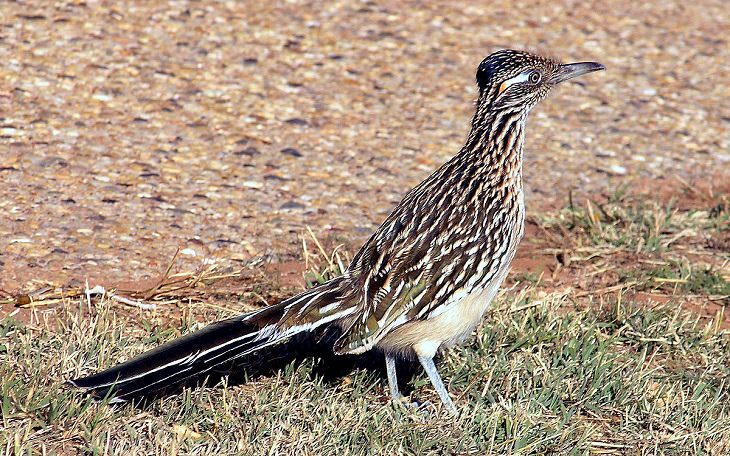
Drinking urine for survival is a well-known option for humans in the desert, but the greater roadrunner takes waste product survival to the next level.
After a tasty meal, the roadrunner’s digestive system retrieves water from the bird’s feces as they sit in the excretory canals. It is only once all the water has been removed that the feces are expelled.
This absorption adaptation is accomplished through the villi projections in part of the intestinal tract. After absorptions from the feces through the blood vessels, the water is transported from the villi into the roadrunner’s bloodstream.
While this adaptation definitely helps with survival, the roadrunner has two more impressive hydration tricks. One is to hunt prey which will provide water through tissue and blood, while the other is to secrete excess salt though glands located above their eyes.
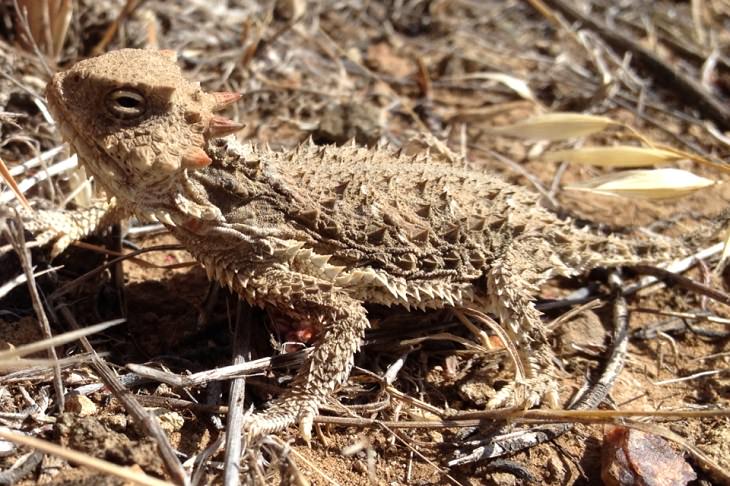
In the desert, the best way to get water might seem to be through access to an oasis or the consumption of succulent plants or prey items, but such resources can often be scarce.
Scientific research has found that another exceptional biological method of gathering water for internal hydration exists among certain lizards. Through close examination of the Australian thorny devil and Texas horned lizard's skin and scale structures, a bizarre physical adaption has been discovered.
These lizards use miniature, tube-like channels to absorb and direct water from the point of contact to the mouth of the lizard. Upon reaching the slightly indented corners of the lizard’s mouth, the water is consumed. Through this adaption, these lizards are able to gather and then concentrate the water from damp sand, and any pools of water that they encounter.
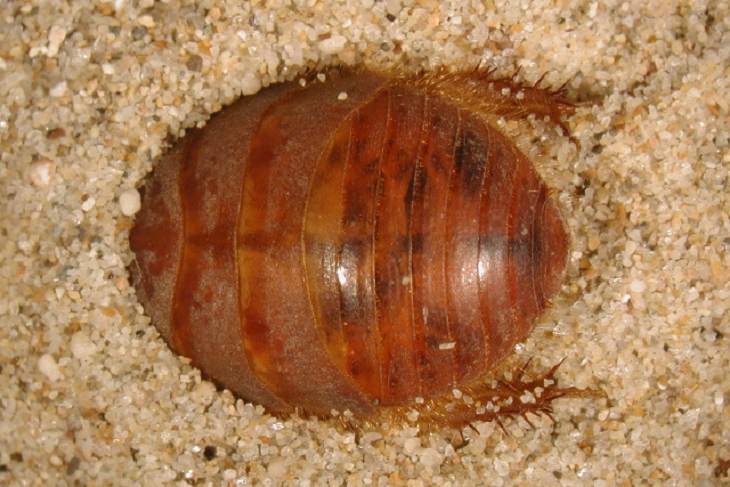
The desert cockroach has numerous captivating adaptions that equip it for life in the desert.
One such adaptation is a pair of small bladders that are located in the mouth. These function by condensing water in the air and conveying it back into the cockroach. Barring any blockage, these bladders will deliver adequate water to the cockroach.
These cockroaches also get water by feeding on the roots of desert plants, while remaining under cover, away from the sheer heat of the sun.
Source: listverse